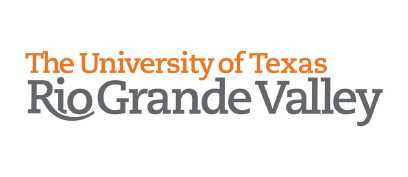EDINBURG — Theoretical research happening at the University of Texas Rio Grande Valley’s computer science department caught the attention of the National Science Foundation, which awarded the university a $500,000 grant for its development.
The research is being led by Robert Schweller and Tim Wylie, both assistant professors in the computer science department and co-investigators on the grant. The focus of their research revolves around understanding how to design individual molecules in such a way that they assemble on their own to form nanostructures — structures of semiconductor devices that measure only a few nanometers.
“When we do this work, we think of how can we design molecules and essentially see if there’s a way to program molecules to self-assemble into desired target structures,” Schweller said. “It involves finding a way to manipulate matter into at the nanoscale using algorithmic techniques.”
Being able to understand and design this technology would allow for the creation of computers made of molecules, which would be small enough to float in the bloodstream of a human to locate diseases and determine what type of medicine to deliver, Schweller explained. These and other much-more complex nanomachines could become a reality someday.
“You can’t do that by hand, you need to design the molecules to build it on their own,” he said. “It becomes a programming challenge so if you want to build swarms of nanobots — nanotechnology which have active components that act like molecular machines — this is what we are looking forward to.”
The professors have more than 10 undergraduate and graduate students working as research assistants, and Schweller said most of the grant will go into paying the students to stay on board or hire more students as needed.
The grant became available this month and will be awarded over the next three years. During this time, Schweller said the team will focus on publishing as many research papers on their findings as possible. So far, the team has already submitted two large papers, he said, as the primary measure of the success of the grant will be much of the research that is published.
As students get involved, they are presented with papers written about some of the mathematical theories related to previous findings in the area and are tasked with exploring solutions and even developing software to aid the research.
Getting talented students, especially undergraduates, involved and interested in this type of research is an important part of the grant, Schweller said, considering UTRGV has a large Hispanic student community and most are en route to becoming the first to graduate college in their families.
“A big part of this grant involves the broader impacts and those include supporting the undergraduate students at this university, especially because the student population as a whole is underrepresented in computer science,” he said. “So that’s an important goal of this, to get more Hispanic students involved in this research and get them going to grad school.”




